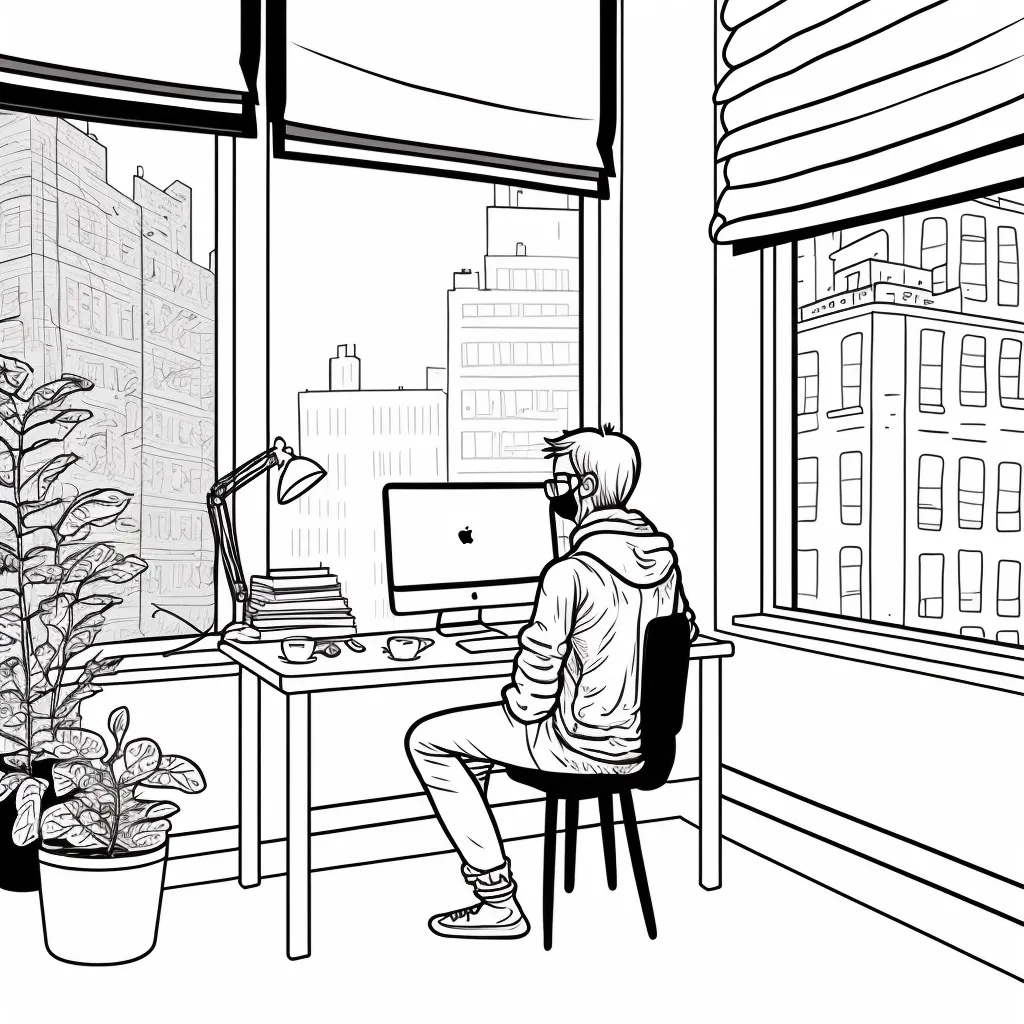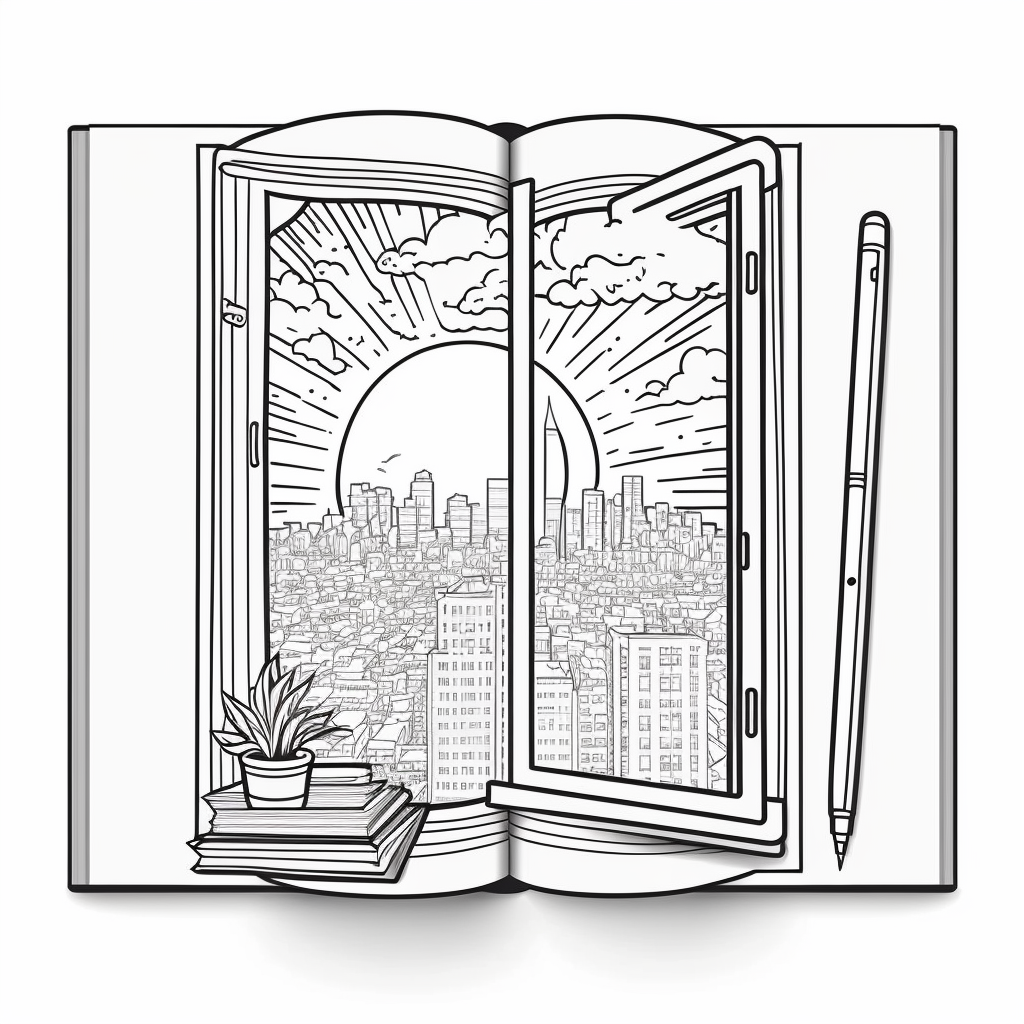Doodling
Does digital media mean the death of doodling, or is marginalia art seeing a Renaissance?

The extinction of doodling from everyday life concerns me.
Doodling remains one of the last outlets to engage the psyche on a page. Doodling in the margins is a powerful metaphor: how often do we marginalize memory, dreams and feelings in favor of logic and rational thinking?
In Memories, Dreams and Reflections, Carl Jung identifies, “a matrix of a mythopoetic imagination which has vanished from our rational age,” and from which a deep well of images may emerge.
The name ‘doodle’ derives from dudeldop, a German word meaning simpleton. However, if you’ve ever doodled or examined others’ doodles, you can see that they’re far from simple. They’re often made of intricate and interlocking lines and shapes, undecipherable, shaded with some intensity and arranged with some effort. The Enlightenment-rational-empirical paradigm helps to explain the link between doodling and simpletons. If excellence is educated and empirical, what could be less valuable than the spontaneous visual language found in doodles, as well as graffiti, art by self-taught artists, and children’s drawings?
The trend of adult coloring books over the past decade remains strong and now includes adult coloring book groups and online forums. Adult coloring books consist of pages of printed black and white line drawings of birds, mandalas, flowers, portraits and other scenes and landscapes, designed to be colored in with pencil or markers. The claim is that coloring within the lines can relieve stress. No doubt the number of stressed adults has increased in the past few years with world-wide lockdowns, job losses and a revisioning of work and family life. It is easy to see how the growing number of stressed adults may find coloring books attractive, particularly those themed “Yoga Kitties” or “inspirational quotes.” I take no issue with adults who are suffering from stress to find relief and have the inner peace they deserve. Yet, coloring books keep users dependent upon the ideas of others; it requires no vision, no emergence of images from within.

Doodling is the result of putting pen to paper when talking on the phone or attending work meetings; the result is spontaneous images of your own creation. Yet, the spaces for doodling have diminished: using landline phones, having long conversations with friends and family, and attending face-to-face meetings in brick-and-mortar buildings.
In high school, I’d sit in my bedroom for hours talking on the phone. One of the few artifacts remaining from my teenage years is a photo album with blue pen doodles on the back inside pages. One doodle includes repeated and shaded text, loopy shapes and crisscrossed lines, the name “Collette,” and several shaded triangles. The back side has a very detailed and shaded abstract drawing of a sunrise that resembles the cerulean blue Peter Max bedspread in my teenage bedroom, with yellow suns and silver moons. Or it might be a stage with curtains drawn back to reveal the first act of my unfolding youth.
I no longer talk on the phone for hours with a notepad and pen, drawing numbers, names, abstract shapes, zig-zags, crisscrossed lines, or wavy circles. The absence of doodling may seem insignificant, but it points to larger social and cultural issues of disconnection and separation from the psyche, intuition and imaginal thinking. Instead of looking inwards, the disconnected and stressed turn outwards to coloring books. Prefab toys have replaced the imaginal play that were once central to the world of children. The disappearance of doodling illustrates the continued distrust of the imagination, and the dangers in allowing others to imagine for us.

***
Sheri Klein is a painter, writer, and teacher based in the Midwest US. Her interests lie at the intersections of art, culture and everyday life.